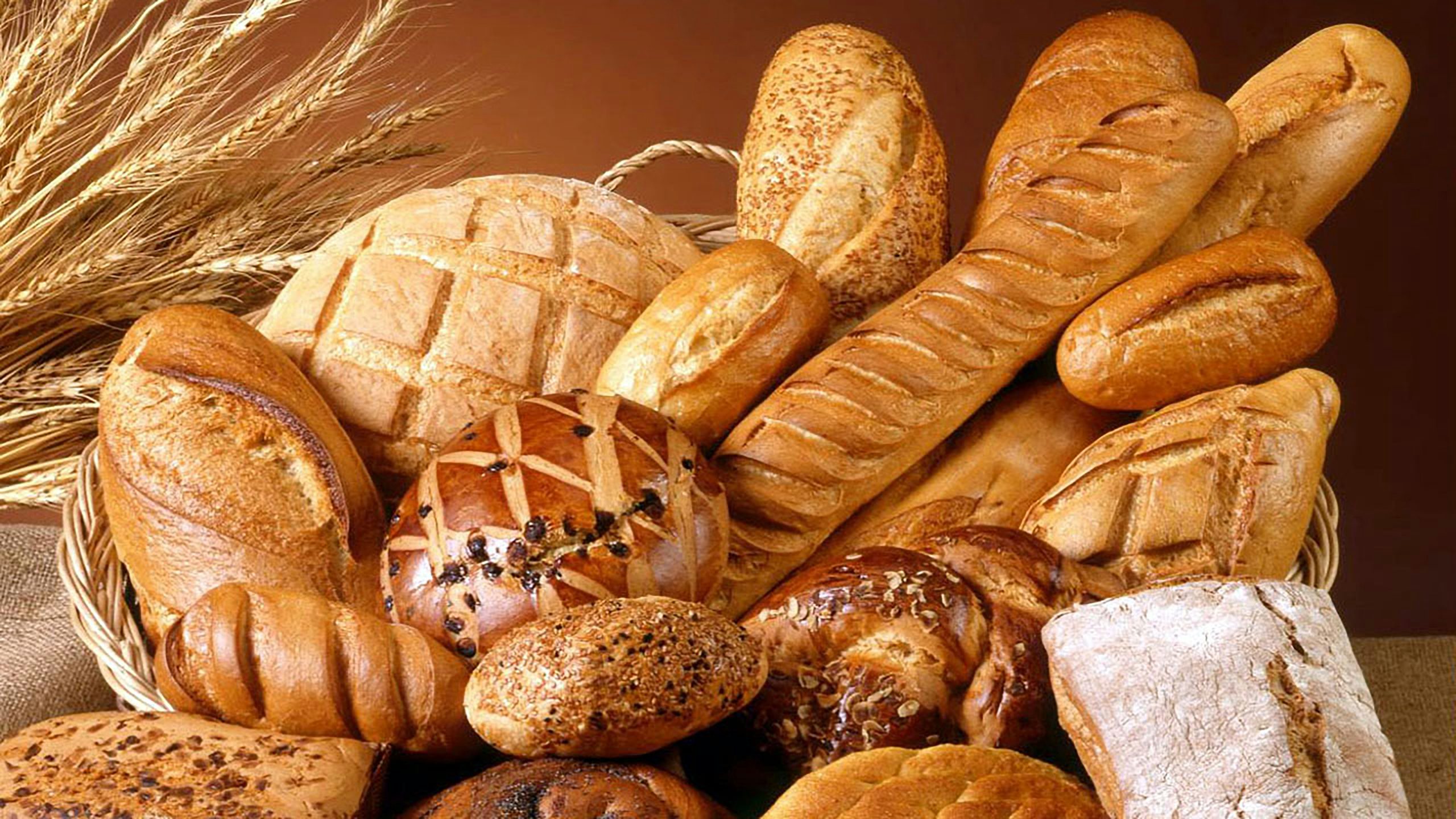1. Chewing: The First Step of Digestion
When we eat, the digestive process begins not in the stomach or intestines, but in the ‘mouth.’ The act of chewing has a significance that goes beyond simply breaking down food into smaller pieces.
– Mechanical Digestion: It breaks food down, increasing the surface area for digestive enzymes to act upon.
– Chemical Digestion: An enzyme in saliva called ‘amylase’ begins to break down carbohydrates.
2. The Effects of Chewing Slowly and for a Long Time
– Reduced Digestive Burden: Chewing food thoroughly gives the digestive enzymes in saliva more time to work and breaks the food down into smaller pieces, lessening the digestive load on the stomach and intestines.
– Moderated Blood Sugar Rise: The time food stays in the stomach is prolonged, and the overall speed of digestion and absorption slows down. This has the effect of preventing a sharp rise in post-meal blood sugar.
– Increased Satiety: The more you chew, the more the ‘satiety center’ in the brain is stimulated. It typically takes about 15-20 minutes after starting a meal for our brain to recognize the signal that we are ‘full.’ Chewing slowly for a long time gives the brain enough time to feel full even with a smaller amount of food, thus preventing overeating.
3. Applies to All Carbohydrate Foods
This principle applies equally to all carbohydrate foods, not just bread, but also rice, noodles, and rice cakes. Soft breads and noodles, in particular, are easy to swallow without much chewing, and this habit can cause blood sugar to rise more sharply. It is a good idea to consciously make a habit of chewing 20-30 times or more.
Summary: Chewing all foods, including bread, slowly and for a long time is a very important eating habit that helps to moderate sharp rises in post-meal blood sugar and prevent overeating by slowing the speed of digestion and absorption and increasing satiety.


Leave a Reply